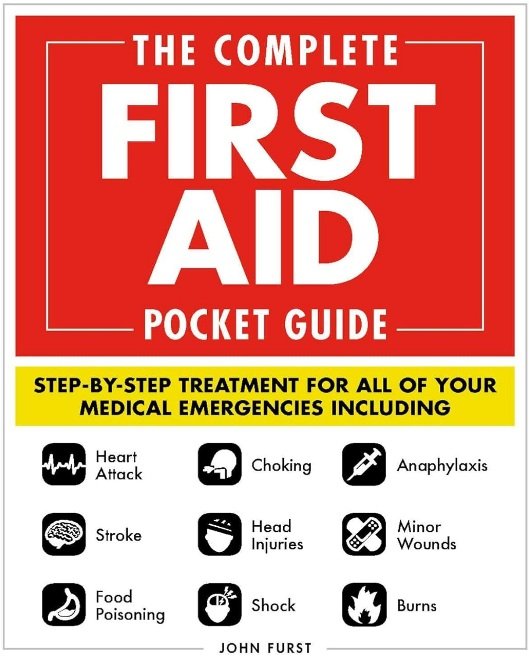MCQ ON JOINTS

Frequently Asked MCQ quiz on the Joints Questions with Answers – MCQ Quiz for Competitive Exam Preparation – These questions given will be useful for competitive exams preparation. We will be updating more mcq regularly, please follow our website regularly.
Joints are the structures in the body where two or more bones meet. They provide mobility and flexibility to the skeletal system, allowing for movement in various directions. Joints come in different types, each with its own structure and function.

Which type of joint allows for the widest range of motion?
A) Ball-and-socket joint

B) Hinge joint
C) Pivot joint
D) Gliding joint
Answer: A) Ball-and-socket joint
The joint between adjacent vertebrae in the spine is an example of which type of joint?
A) Ball-and-socket joint
B) Hinge joint
C) Cartilaginous joint
D) Synovial joint
Answer: C) Cartilaginous joint
FOLLOW YOUTUBE CHANNEL FOR MORE MCQS CLICK HERE
Where would you find a saddle joint in the human body?
A) Shoulder joint
B) Knee joint
C) Thumb joint
D) Hip joint
Answer: C) Thumb joint
Which type of joint is found between the carpal bones in the wrist?
A) Ball-and-socket joint
B) Hinge joint
C) Plane joint
D) Saddle joint
Answer: C) Plane joint
What type of joint is the elbow joint?
A) Hinge joint
B) Ball-and-socket joint
C) Pivot joint
D) Gliding joint
Answer: A) Hinge joint
Which type of joint allows for movement in all three planes, including rotation?
A) Hinge joint
B) Condyloid joint
C) Saddle joint
D) Pivot joint
Answer: B) Condyloid joint
The joint between the radius and the ulna in the forearm is an example of which type of joint?
A) Ball-and-socket joint
B) Hinge joint
C) Pivot joint
D) Gliding joint
Answer: C) Pivot joint
Which joint allows for the movement of the head in a “yes” motion?
A) Atlantoaxial joint
B) Atlanto-occipital joint
C) Temporomandibular joint
D) Glenohumeral joint
Answer: B) Atlanto-occipital joint
The joint between the femur and the acetabulum of the pelvis is an example of which type of joint?
A) Hinge joint
B) Ball-and-socket joint
C) Pivot joint
D) Saddle joint
Answer: B) Ball-and-socket joint
What type of joint is the joint between the tibia and fibula in the lower leg?
A) Hinge joint
B) Ball-and-socket joint
C) Syndesmosis
D) Pivot joint
Answer: C) Syndesmosis
Which joint allows for the movement of the lower jaw during chewing and speaking?
A) Temporomandibular joint
B) Glenohumeral joint
C) Hip joint
D) Knee joint
Answer: A) Temporomandibular joint
The joint between the carpals and the metacarpals in the hand is an example of which type of joint?
A) Hinge joint
B) Ball-and-socket joint
C) Gliding joint
D) Saddle joint
Answer: D) Saddle joint
Which type of joint is found between the phalanges in the fingers and toes?
A) Hinge joint
B) Ball-and-socket joint
C) Gliding joint
D) Pivot joint
Answer: A) Hinge joint
What is the term for the fibrous tissue that connects bone to bone at a joint?
A) Ligament
B) Tendon
C) Cartilage
D) Synovium
Answer: A) Ligament
The joint between the atlas and axis vertebrae in the neck is an example of which type of joint?
A) Hinge joint
B) Ball-and-socket joint
C) Pivot joint
D) Saddle joint
Answer: C) Pivot joint
Which joint allows for movement primarily in one plane, like bending and straightening?
A) Hinge joint
B) Ball-and-socket joint
C) Gliding joint
D) Condyloid joint
Answer: A) Hinge joint
The joint between the occipital bone and the first cervical vertebra (atlas) is an example of which type of joint?
A) Synchondrosis
B) Symphysis
C) Pivot joint
D) Suture
Answer: D) Suture
Which joint allows for the most movement in terms of flexion, extension, abduction, adduction, circumduction, and rotation?
A) Ball-and-socket joint
B) Hinge joint
C) Condyloid joint
D) Saddle joint
Answer: A) Ball-and-socket joint
The joint between the pubic bones is an example of which type of joint?
A) Symphysis
B) Synchondrosis
C) Synostosis
D) Suture
Answer: A) Symphysis
What is the term for a joint that allows for movement in only one plane?
A) Uniaxial joint
B) Biaxial joint
C) Multiaxial joint
D) Amphiarthrosis joint
Answer: A) Uniaxial joint
Which joint allows for the movement of the foot up and down (dorsiflexion and plantarflexion)?
A) Talocrural joint
B) Subtalar joint
C) Intertarsal joint
D) Intermetatarsal joint
Answer: A) Talocrural joint
The joint between the radius and the carpal bones in the wrist is an example of which type of joint?
A) Ball-and-socket joint
B) Hinge joint
C) Plane joint
D) Saddle joint
Answer: C) Plane joint
What is the term for the fluid-filled sac that reduces friction between bones and tendons at a joint?
A) Ligament
B) Tendon
C) Bursa
D) Synovium
Answer: C) Bursa
The joint between the tibia and fibula in the lower leg is an example of which type of joint?
A) Syndesmosis
B) Synchondrosis
C) Synostosis
D) Suture
Answer: A) Syndesmosis
FOLLOW YOUTUBE CHANNEL FOR MORE MCQS CLICK HERE
Here are some common types of joints:
- Fibrous Joints: These joints are connected by fibrous connective tissue and allow for little to no movement. Examples include sutures in the skull and syndesmosis joints between the tibia and fibula.
- Cartilaginous Joints: These joints are connected by cartilage and allow for limited movement. Examples include the intervertebral discs between the vertebrae and the pubic symphysis.
- Synovial Joints: These are the most common type of joints in the body and are characterized by a synovial cavity filled with synovial fluid, which lubricates the joint and reduces friction. Synovial joints allow for a wide range of movement and are further classified based on their structure and function. Examples include the ball-and-socket joint (e.g., hip joint), hinge joint (e.g., elbow joint), pivot joint (e.g., atlantoaxial joint), and saddle joint (e.g., carpometacarpal joint of the thumb).
Joints can also be classified based on the degree of movement they allow:
- Synarthrosis: These joints are immovable or allow for very limited movement, such as the sutures in the skull.
- Amphiarthrosis: These joints allow for slight movement and are held together by either fibrous or cartilaginous tissue, such as the pubic symphysis.
- Diarthrosis: Also known as synovial joints, these joints are freely movable and allow for a wide range of motion. Examples include the knee joint and shoulder joint.
Discover more from Bibliobazar Digi Books
Subscribe to get the latest posts sent to your email.




![First Aid (Quick Study Health) PDF Free Download [Direct Link]](https://bazarbiblio.com/wp-content/uploads/2024/02/First-Aid-Quick-Study-Health-PDF.jpg)